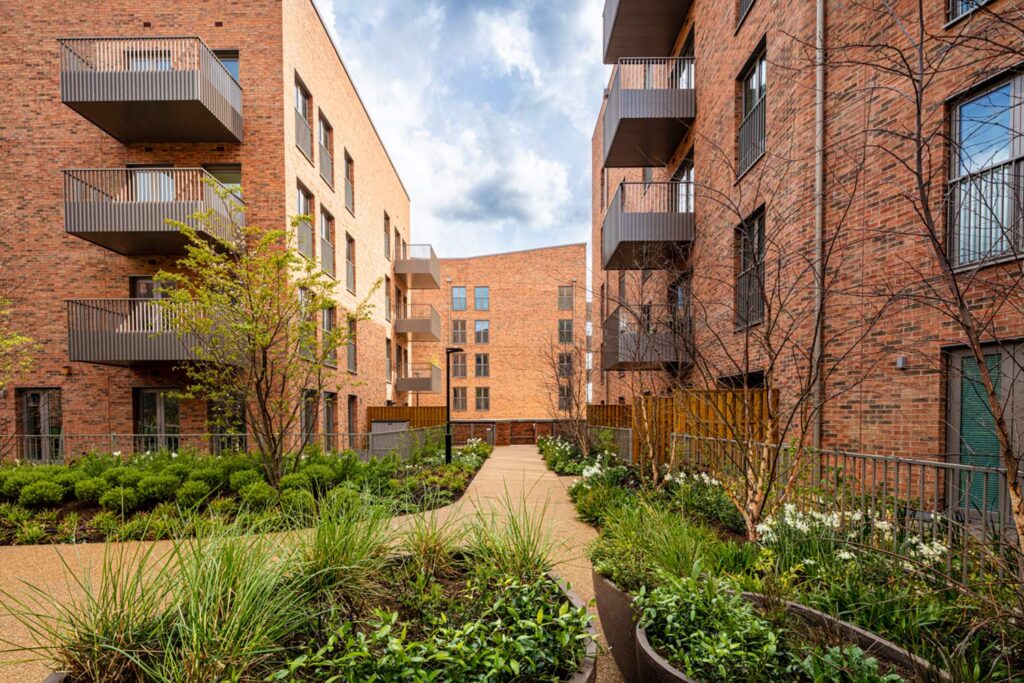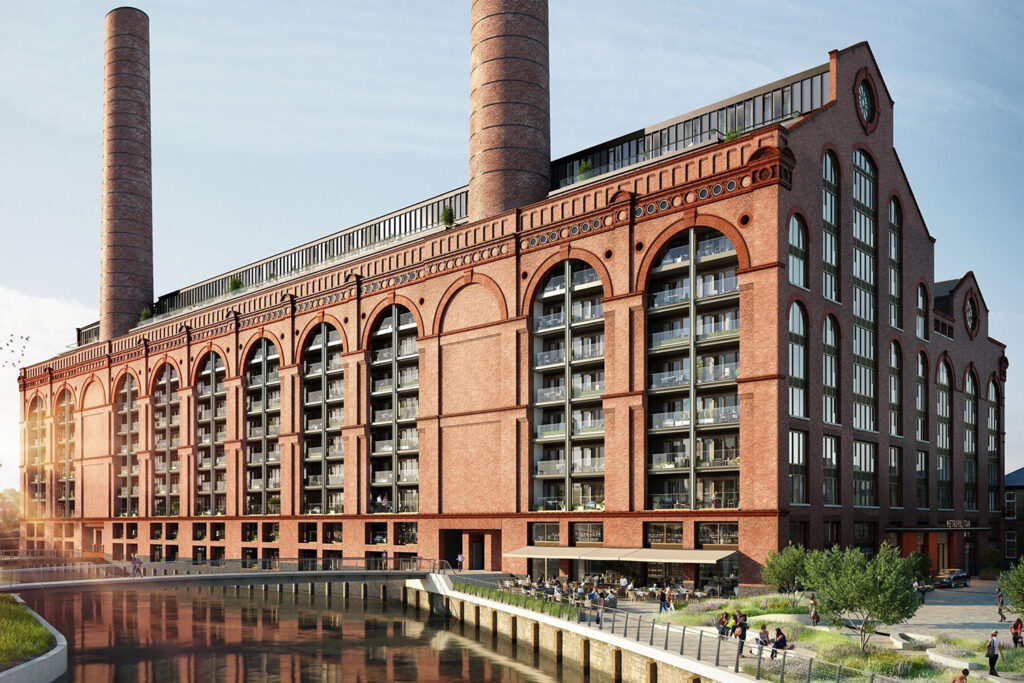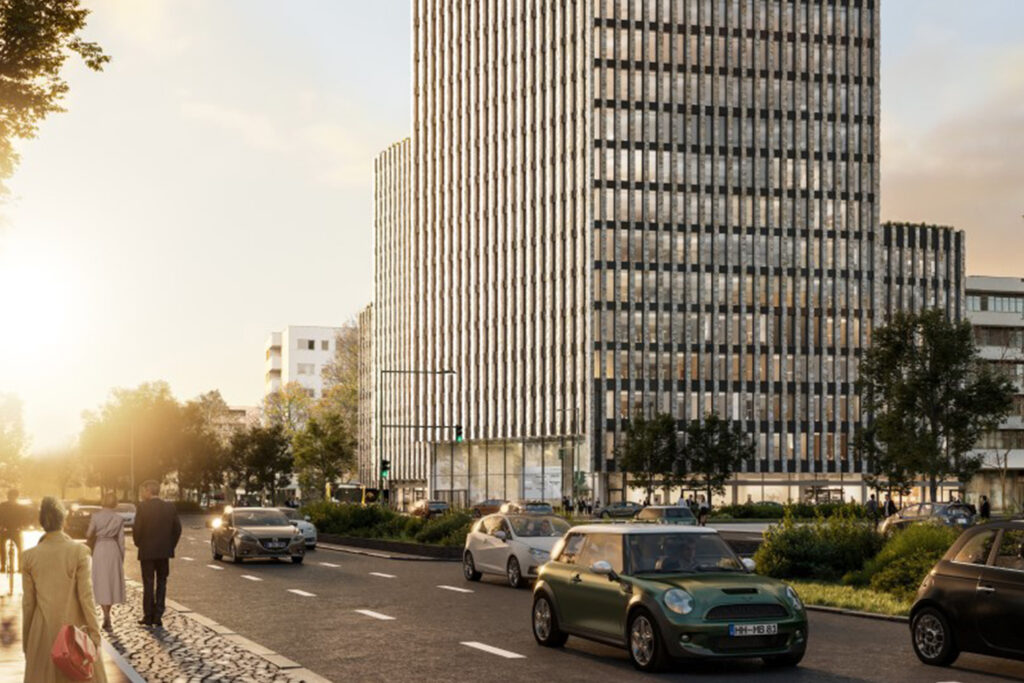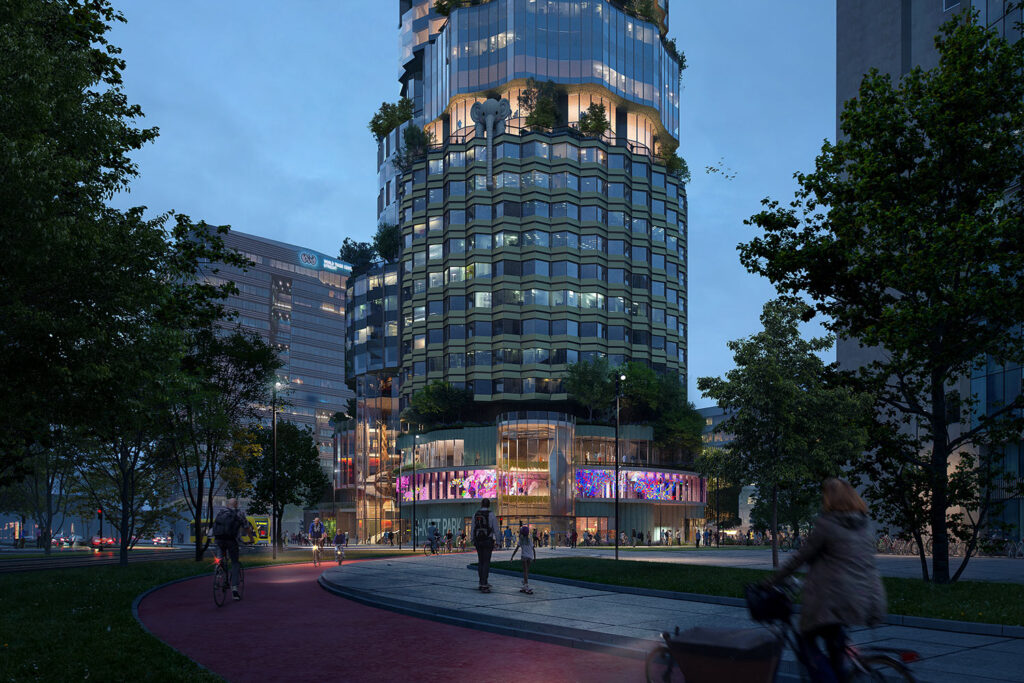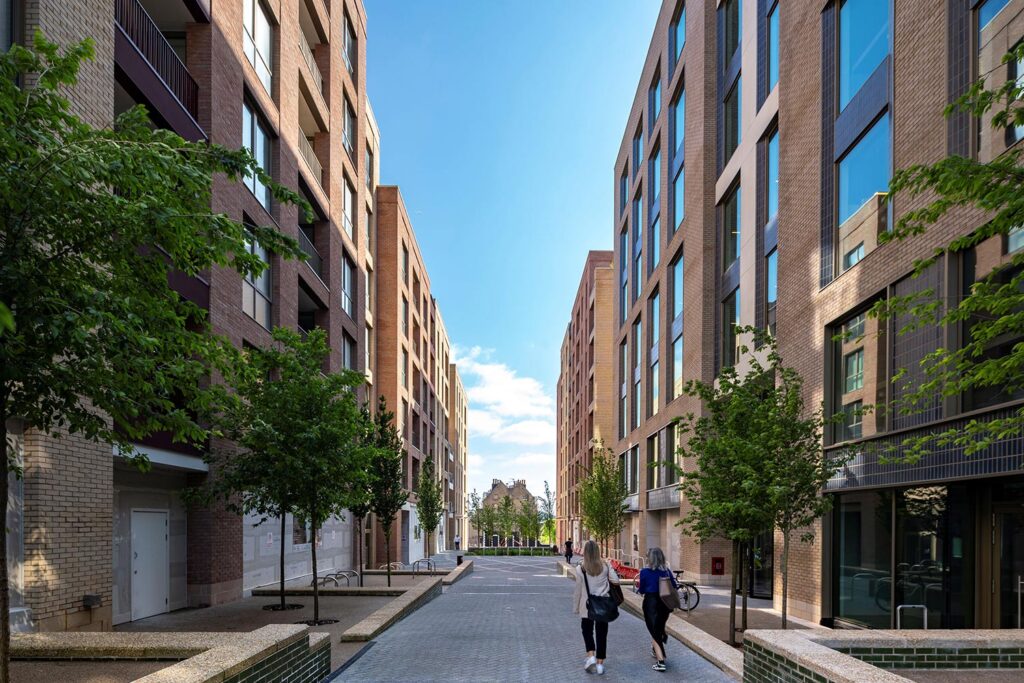
Empire State Realty Trust Deep Energy Retrofits
New York, USA
Project details
Client
Empire State Realty Trust (ESRT)
Collaborator
NYSERDA
Services provided by Buro Happold
Analytics, Building Services Engineering (MEP), Economics, Energy consulting, Sustainability
Empire State Realty Trust is a REIT that owns and manages a diverse portfolio of office, retail and multi-family assets across Manhattan and the greater New York metropolitan area.
ESRT owns the Empire State Building (ESB) – the “World’s Most Famous Building” – and the Empire State Building Observatory, Tripadvisor’s #1 attraction in the U.S. and #3 in the world. At 1,454ft from base to antenna, ESB was the world’s first skyscraper to stand at more than 100 stories and was named as one of the Seven Wonders of the Modern World by the American Society of Civil Engineers.
ESRT is a leader in sustainability and energy efficiency with a focus on the ROI-driven returns for its investors and indoor environment quality for its tenants. The portfolio has the lowest greenhouse gas emissions per square foot of any publicly traded REIT in New York City.
The organization has a bold environmental sustainability program in place to provide leadership in the implementation of green technology and innovation, with a particular focus on improved energy efficiency, waste diversion, and water efficiency.
Challenge
In response to New York City’s Local Law 97, progressive climate legislation that includes fines for missed emissions targets for buildings, Empire State Realty Trust (ESRT) developed a bold program that would help define replicable and scalable solutions to address its buildings’ energy demands and supply, as well as weigh cost and savings.
Buro Happold worked closely with ESRT, governmental body the New York State Energy Research and Development Authority (NYSERDA), and a team of collaborators to develop pathways to achieve net zero carbon emissions. Alongside this we devised a series of financially robust plans that facilitate immediate action and define incentives to support energy solutions across ESRT’s portfolio.
These pathways consist of building tests, energy modelling, economic assessments, workshops, vendor and grid evaluations, multi-stakeholder engagement, and technology reviews of existing systems to address buildings’ technical and economic needs as ESRT works to meet and exceed State and City energy targets in the years and decades ahead.

Solution
To achieve operational carbon reductions across ESRT’s large portfolio of buildings by the client’s target date, a range of interventions would need to be developed.
We began with focus on the Empire State Building itself, as given its iconic status, its decarbonization will have an aspirational impact on managers and owners of large historic buildings across NYC and globally. Our experts worked with ESRT and their team of subject matter experts to complete a detailed decarbonization plan for the building, with project funding from NYSERDA.
The findings are publicly shared in the Empire Building Playbook: An Owner’s Guide to Low Carbon Retrofits, published by NYSERDA. The Playbook was developed based on high rise commercial buildings, although a lot of the findings are equally applicable or easily adaptable to other building typologies.
The famous tower is similar to many others in Manhattan, developed in the original heyday of skyscraper construction in the 1930s. If operational decarbonization can be achieved here, then other building owners can do it in their own buildings across New York.
The Empire State Building set the bar for successful deep energy retrofits beginning in 2009, and achieved 54% carbon emissions reduction to date through a range of interventions, which includes upgrades to its 6,514 windows. Further improvements will be required to achieve net zero emissions.
The project team looked at everything from improvements to the insulation of the walls and the frames and sashes of the windows, to the opportunities around steam condensate recovery.

The main focus was on the development of technical and economic strategies to make the existing electric consumption more efficient and potentially move away from fossil fuel systems to alternative systems and fuels.
Electrification of heating systems is key because it eliminates the generation of carbon emissions on site. Off-site emissions associated with electricity generation are expected to decrease as the electric grid continues to get greener with a continued shift to renewable energy generation legislated by the CLCPA.
Alongside this, we developed a series of energy conservation measures which were then modelled by partner organization Quest Energy Group. Our experts also carefully examined controls optimization for existing systems. To integrate existing systems onto the Building Management System and implement high performance sequences, it is possible to deliver vastly increased efficiency.
We also studied the potential of energy recovery systems in the building. For example, to recover waste energy from the building’s cooling loop to generate hot water for heating and to recover energy from exhaust airstreams to temper incoming outdoor air. Where opportunities to effectively implement electrified heat exists, we have engineered heat pump solutions.
They’re a brilliant team of engineers with brilliant experience in carbon neutrality. They really understand the build out of an existing building and that understanding is invaluable.
Dana Robbins Schneider, Director of Energy, Sustainability and ESG, Empire State Realty Trust, Inc.

Value
Buro Happold was the lead consultant on this large-scale multi-stakeholder project, and worked with a broad range of collaborators to develop effective pathways by which ESRT can achieve net zero operational carbon emissions by 2030 for the Empire State Building and 2035 for the rest of the commercial portfolio.
The Empire Building Playbook was unveiled at an event at the Empire State Building in April 2022, attended by former President Bill Clinton, NYS Governor Kathy Hochul, NYC Mayor Eric Adams, NYSERDA President Doreen Harris, and a range of state and local officials.
Our experts continue to work closely with ESRT as it strives to achieve decarbonization across its portfolio. Our study on the Empire State Building provides an important starting point to inform the wider retrofitting process across the portfolio. The Buro Happold team is working with ESRT to implement the developed strategies across their portfolio.
My expectations are really high – the challenge of de-carbonisation is huge, but we have created a playbook together that is exceptional and I can’t imagine that another team would have been able to create that.”
Dana Robbins Schneider, Director of Energy, Sustainability and ESG, Empire State Realty Trust, Inc.












